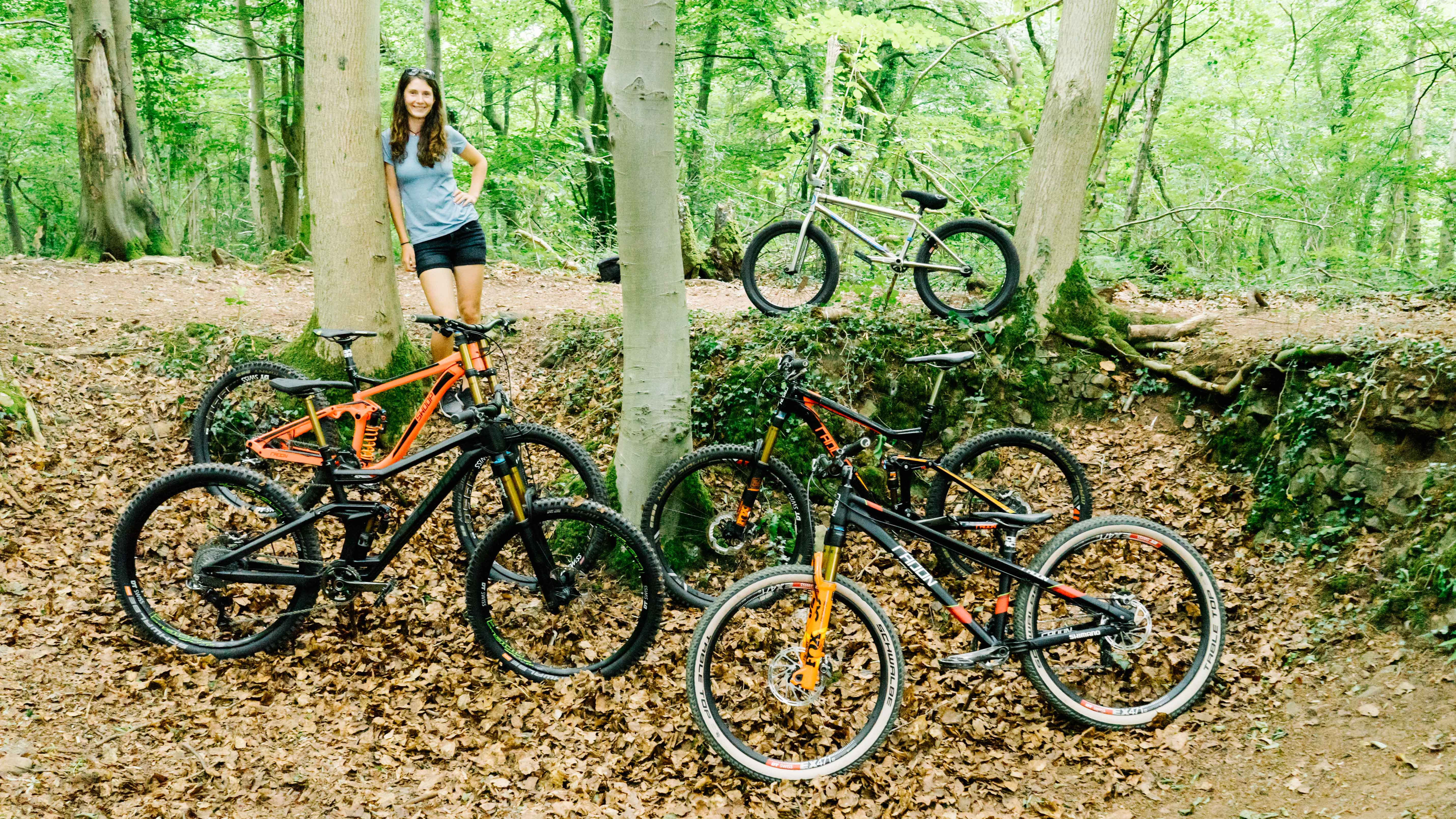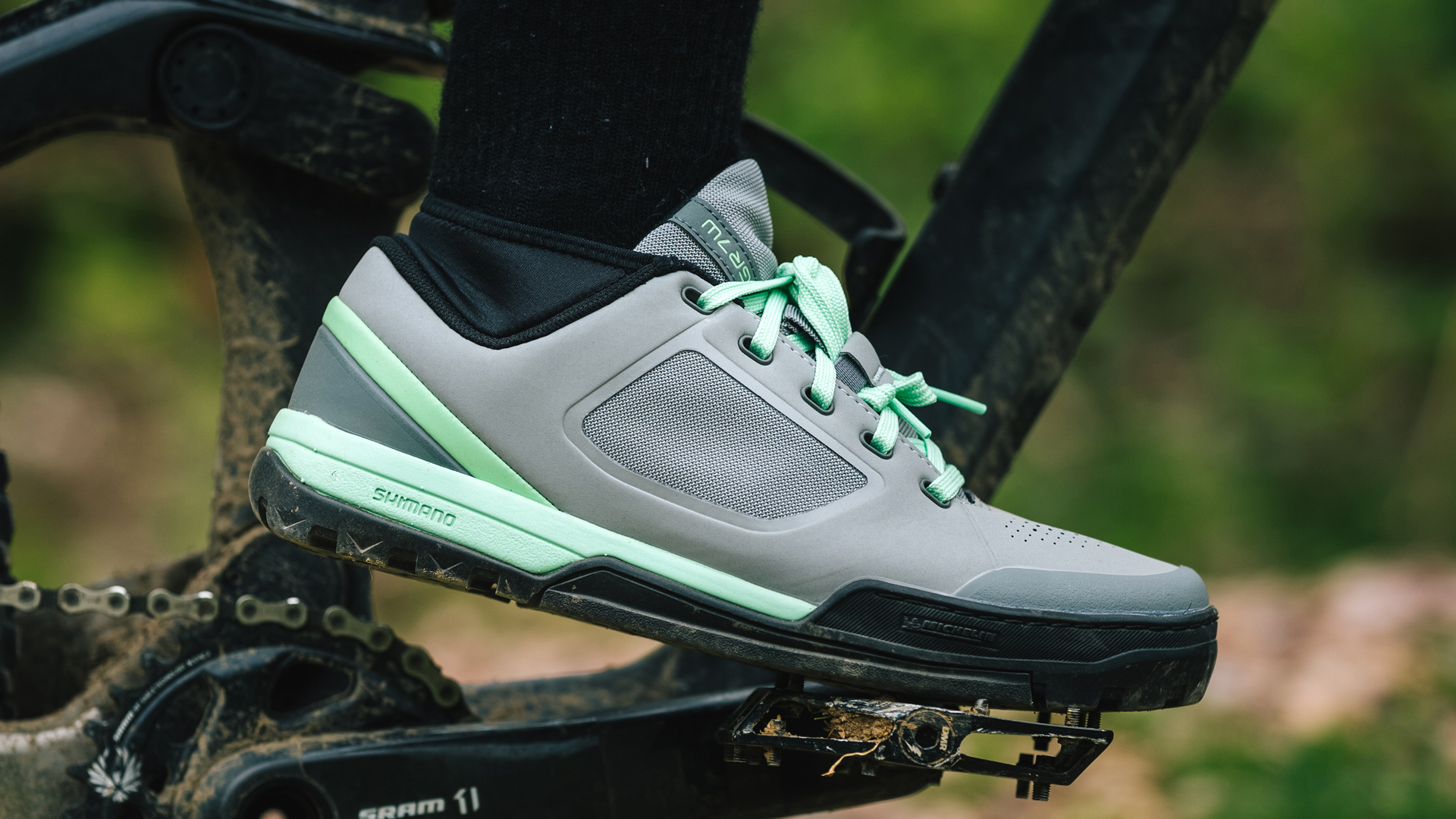Determining the perfect tyre pressure for your mountain bike is difficult – because there is no set rule. There are so many contributing factors that finding the magic number might take some trial and error.
Here’s some information that will help decipher the tyre pressure mystery, and help you to find your own PSI perfection.

Before we go anywhere: jargon busting
The unit measurement for pressure, in this case, is PSI, which stands for Pounds per Square Inch. The tool required is an air pump – usually a solid track pump at home, and a smaller trail pump for when you’re out and mobile.
You’ll pump the air in via the valve – and there are two main types of valve: Presta and Schrader – check out this piece to help you work out which style you have.
Having removed the little black hat that is the dust cap, unscrew the valve (if it’s Presta) and attach the pump directly on top, then start pumping.
Beginners: How to Pump Your Tyres
Each air pump comes with a gauge to allow you to measure how much pressure is in the tyre. Most tyres come with inner tubes which are essentially liners that retain the pumped air, though some riders use tubeless tyres where the inner tube is replaced by a liquid sealant that rolls within the tyre whilst riding. This eliminates a lot of puncture problems where the sealant will immediately repair the puncture without the tyre going flat.








